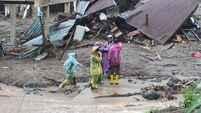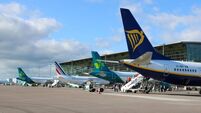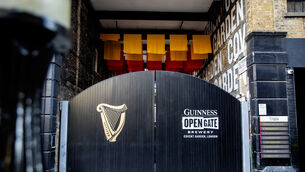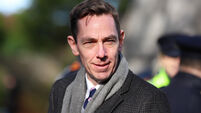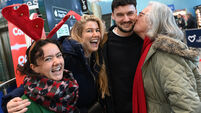Adidas banking on players rather than teams at Euro 2016
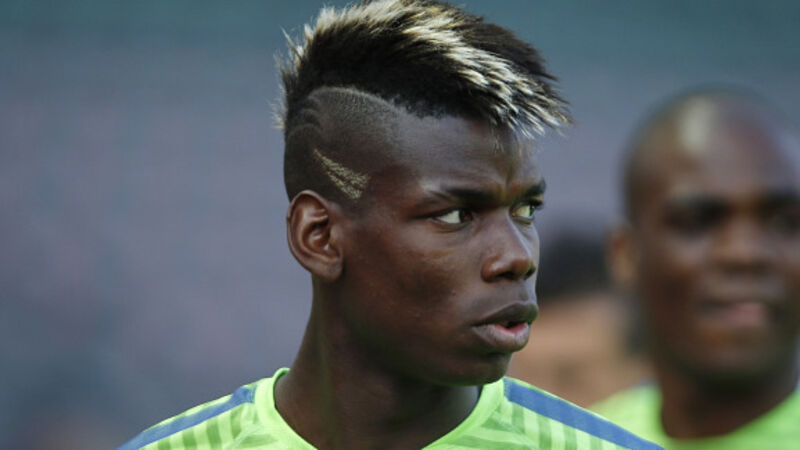
The tournament is this year’s top event for the world’s biggest sports-gear suppliers.
Adidas, roughly tied for market share with Nike in the $5bn (€4.4bn) global soccer-gear market, is banking on top players’ ability to reach fans directly and shifting a larger part of its $2.7bn annual marketing budget toward them compared with the big team sponsorships that defined its past.







